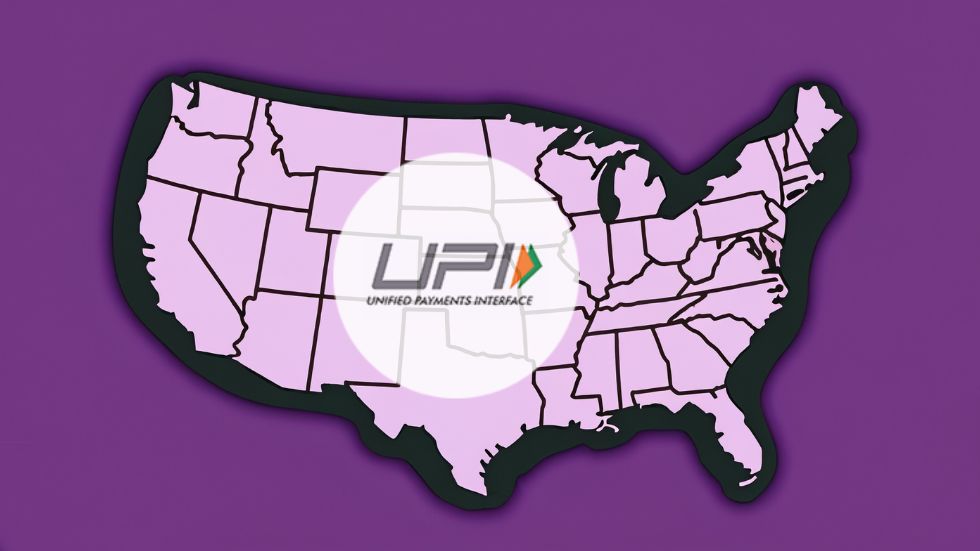Overview of UPI (Unified Payment Interface):
Unified Payment Interface (UPI) is a real-time payment system developed by the National Payments Corporation of India (NPCI). Launched in 2016, UPI enables instant money transfers between bank accounts through mobile phones using the UPI platform. It facilitates seamless transactions by linking multiple bank accounts to a single mobile application, providing users with a convenient and secure way to make payments, which makes it a very popular payments system in India. UPI operates on a “push” and “pull” model, allowing users to send and receive money easily. With our knowledge of the benefits of UPI, we wonder of the absence of UPI in USA.
Features of UPI
Interoperability:
UPI allows users to transfer funds between different banks and payment service providers.
Instantaneous Transactions:
UPI transactions occur in real-time, ensuring the immediate transfer of funds.
Secure and convenient:
UPI employs multi-factor authentication and encryption protocols to ensure the security of transactions. Users can access UPI services through mobile apps, making them user-friendly and widely accessible.
Multiple Payment Options:
UPI supports various payment methods, including peer-to-peer transfers, QR code payments, and in-app purchases.
Integration with Third-Party Apps:
UPI can be integrated with various third-party applications, enabling seamless transactions within those apps.
The absence of UPI in USA
Legal and compliance factors:
The US banking system works under different legal frameworks and has well-established payment systems and infrastructure. Existing payment networks like the Automated Clearing House (ACH) and card networks create a competitive environment in which UPI would have to deal with legal requirements and make these systems work together. Compliance with rules about money laundering, protecting consumers, and meeting security standards could make it hard to implement UPI into USA.
Fragmented Market:
There are a lot of different players in the US payment market, such as banks, card networks, and startup companies. Because of this, it is challenging for a new payment system like UPI to gain widespread adoption and establish relationships with various groups. People who are already in the market might be hesitant to join a new system that could hurt their market share.
Existing Payment Infrastructure:
The US has a well-established payment infrastructure that includes card networks and computerized fund transfer systems like ACH. These processes have been in place for a long time and are a big part of how the US economy works. To compete with these well-established networks, a new payment system like UPI would need a lot of work and money.
Consumer Preferences and Habits:
In the US, customers are already used to using credit and debit cards, digital wallets, and other well-established payment systems. For UPI to work in this market, customers would have to agree to use a new payment method, which can be a slow and difficult process.
Payment systems Similar to UPI
China’s WeChat Pay and Alipay:
These payment systems, integrated with social media platforms, have achieved massive success in China, enabling a wide range of transactions beyond payments.
Sweden’s Swish:
Swish allows real-time peer-to-peer payments and has gained widespread adoption in Sweden, replacing cash transactions significantly.
Kenya’s M-Pesa:
M-Pesa is a mobile money transfer system that revolutionized financial services in Kenya, especially for the unbanked population.
Conclusion:
The absence of UPI in the US market could have far-reaching implications, both for UPI innovators and consumers. It could limit UPI’s potential to become a global standard for digital payments and delay its adoption in other countries. Additionally, it could deny US consumers the benefits of UPI, such as its convenience, low transaction fees, and security. The success of UPI in other countries like India indicates that it is possible for similar systems to be adopted worldwide. It is therefore essential that UPI innovators continue to strive for the acceptance of UPI in USA.

